Biomedical Engineering Reference
In-Depth Information
Figure 3.60
The different morphologies of liquid in grooves: (a) filament, (b) droplet, and
(c) wedges.
plate. In Figure 3.61 we have schematized the forces on the triple line and we observe
that their resultant on the wetting region (band) tends to elongate the droplet; on
the other hand, the forces exerted on the nonwetting region tend to pinch the drop-
let. However, there is a resisting force to this phenomenon: it is the surface tension,
whose contribution is to bring back the surface towards that of a spherical cap.
Then the question is: Can a droplet be stretched by capillary forces to a point
where it is completely resting on the wetting band? This question has been an-
swered in a series of references [29-33]. They have shown that four morphologies
are possible depending mostly on the lyophilic contact angle
q
and the volume of
the drop
V
. These four morphologies are shown in Figure 3.62. In Figure 3.62(a)
when the liquid volume is small, the droplet has a spherical shape and is totally
located on the lyophilic band. For larger volumes, the morphology depends on the
lyophilic contact angle. If the contact angle is smaller than a threshold value
q
<
q
lim
(
V
), the droplet spreads on the lyophilic surface without overflowing on the
lyophobic surface. If
q
>
q
lim
(
V
), the droplet stays localized in a bulge state (i.e.,
does not spread), and two morphologies are possible depending on the volume of
the droplet: the volume is sufficiently small and the droplet is constrained by the
lyophilic surface limits, and the volume is sufficiently large and the droplet spreads
over the transition line onto the lyophobic surface.
The cross-sectional profiles of the droplet in the different types of morphologies
are shown in Figure 3.63. These profiles are circle arcs in all cases, with different
curvatures. The curvature (and the internal pressure according to Laplace's law) is
maximal in the bulge morphology, where the ratio of the height of the drop to the
base width is maximal.
Figure 3.61
Sketch of the capillary forces on the triple contact line.



